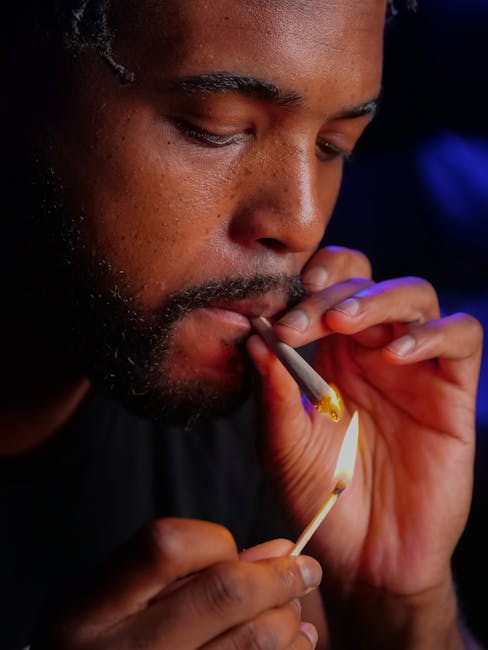Dominican Cocaine: Prague’s Shadowy Deal
The city of Prague, known for its stunning architecture and rich history, has a shadowy side that few tourists ever encounter. In recent years, the city has become a hub for the trafficking of Dominican cocaine, a lucrative trade that has caught the attention of law enforcement agencies around the world.
Dominican cocaine, also known as “white gold,” is a highly potent and addictive substance that originates from the Dominican Republic. The country’s strategic location in the Caribbean makes it an ideal transit point for cocaine shipments from South America to Europe and other parts of the world.
Prague’s Involvement in the Trade
Prague’s involvement in the Dominican cocaine trade is a relatively recent phenomenon. In the early 2000s, the city’s underworld began to take notice of the lucrative profits that could be made from trafficking cocaine. Soon, Prague became a key hub for the trade, with local gangs and organized crime groups establishing connections with Dominican suppliers.
Law Enforcement Efforts
Despite the challenges posed by the trade, law enforcement agencies in Prague have been working tirelessly to disrupt the flow of Dominican cocaine into the city. In recent years, several high-profile arrests have been made, and large quantities of cocaine have been seized. However, the trade remains a persistent problem, with new players and routes emerging all the time.
- International Cooperation: Law enforcement agencies in Prague are working closely with their counterparts in the Dominican Republic and other countries to share intelligence and coordinate efforts to disrupt the trade.
- Border Control: Authorities are also strengthening border controls to prevent cocaine shipments from entering the country.
- Community Engagement: Efforts are being made to engage with local communities and raise awareness about the dangers of cocaine and the impact of the trade on society.
The Dominican cocaine trade in Prague is a complex and multifaceted issue that requires a comprehensive and coordinated response. While law enforcement efforts have yielded some successes, the trade remains a persistent problem that will require sustained attention and effort to disrupt.
The Rise of Organized Crime
As the Dominican cocaine trade in Prague continues to evolve, organized crime groups have become increasingly involved. These groups, often with ties to other European cities, have established sophisticated networks for smuggling and distributing the drug. They use encrypted communication channels and money laundering schemes to evade detection and maximize their profits.
Money Laundering and Financial Crimes
The large amounts of money generated by the Dominican cocaine trade have led to a surge in money laundering and other financial crimes in Prague. Criminals use various methods to disguise the origin of their funds, including shell companies, fake invoices, and cash smuggling. This has made it challenging for law enforcement agencies to track and seize illicit assets.
To combat this, authorities have implemented strict anti-money laundering regulations and financial monitoring systems. Banks and other financial institutions are now required to report suspicious transactions and implement know-your-customer protocols to prevent illicit funds from entering the financial system.
The Human Cost
Behind the statistics and headlines, the Dominican cocaine trade in Prague has a human cost. Addicts and their families suffer the consequences of addiction, while communities are affected by the violence and intimidation associated with the trade. The city’s health services and social services are also feeling the strain, as they struggle to cope with the demand for treatment and support.
Efforts are being made to address these issues, including public awareness campaigns and community outreach programs. These initiatives aim to educate people about the dangers of cocaine and the importance of seeking help, as well as providing support to those affected by the trade.
A Way Forward
Combating the Dominican cocaine trade in Prague requires a multi-faceted approach. Law enforcement agencies, policymakers, and community leaders must work together to disrupt the trade, support those affected, and prevent the proliferation of organized crime. By sharing intelligence, best practices, and resources, they can create a safer, more prosperous city for all its citizens.






The writing style is engaging and easy to follow, making this complex topic more accessible to readers who may not be familiar with it.
The level of detail in this article is impressive. It\
This article highlights the importance of international cooperation in combating organized crime. It\
The article raises important questions about the impact of organized crime on society as a whole. It\
I appreciate how the article balances discussion of law enforcement efforts with community engagement initiatives. It\
I found this article to be incredibly informative and eye-opening. The author does a great job of shedding light on a topic that is often overlooked.